Trends
For data-driven stories, to appear under “Trends” menu
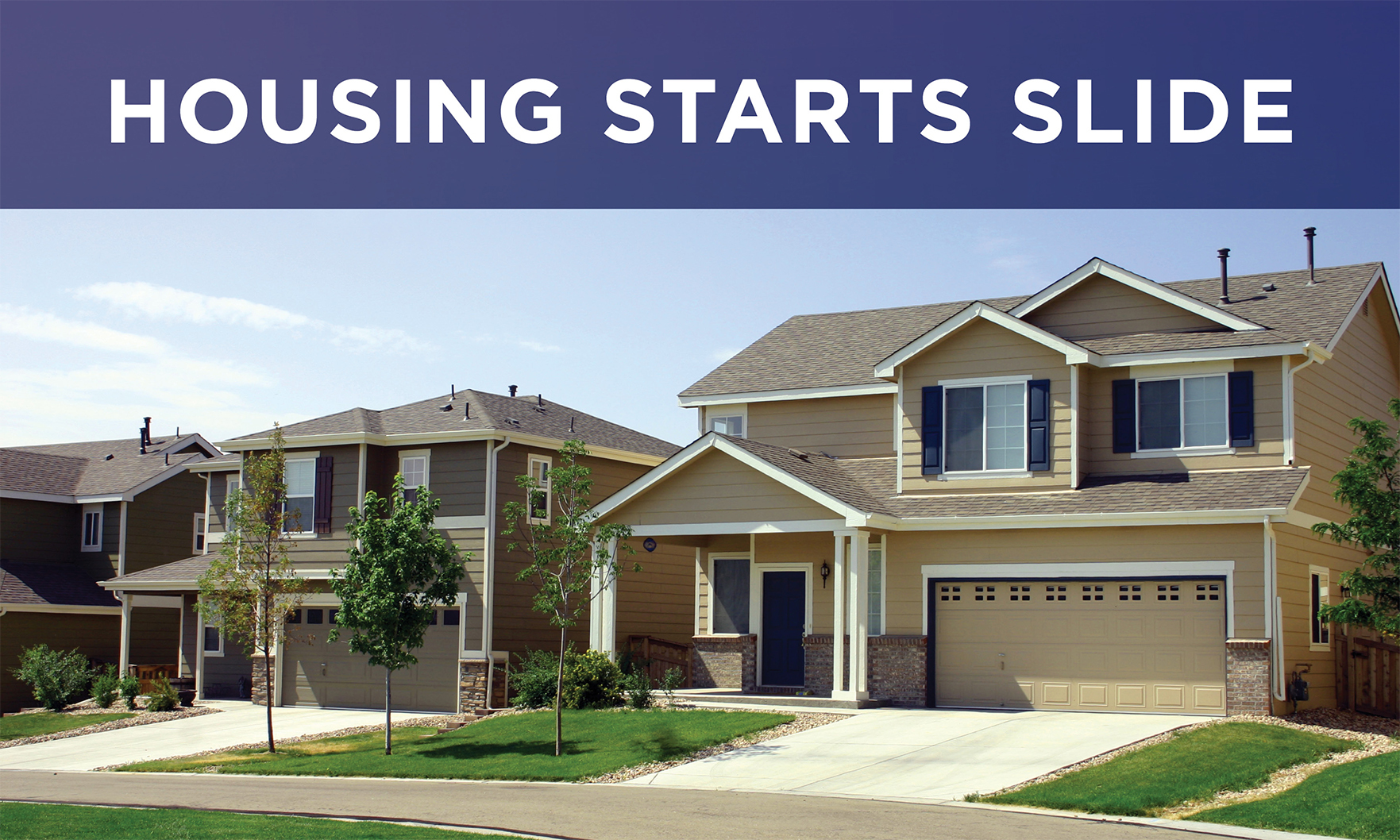
The pace of new multifamily construction, however, jumped, according to the U.S. Census Bureau and the U.S. Department of Housing and Urban Development.
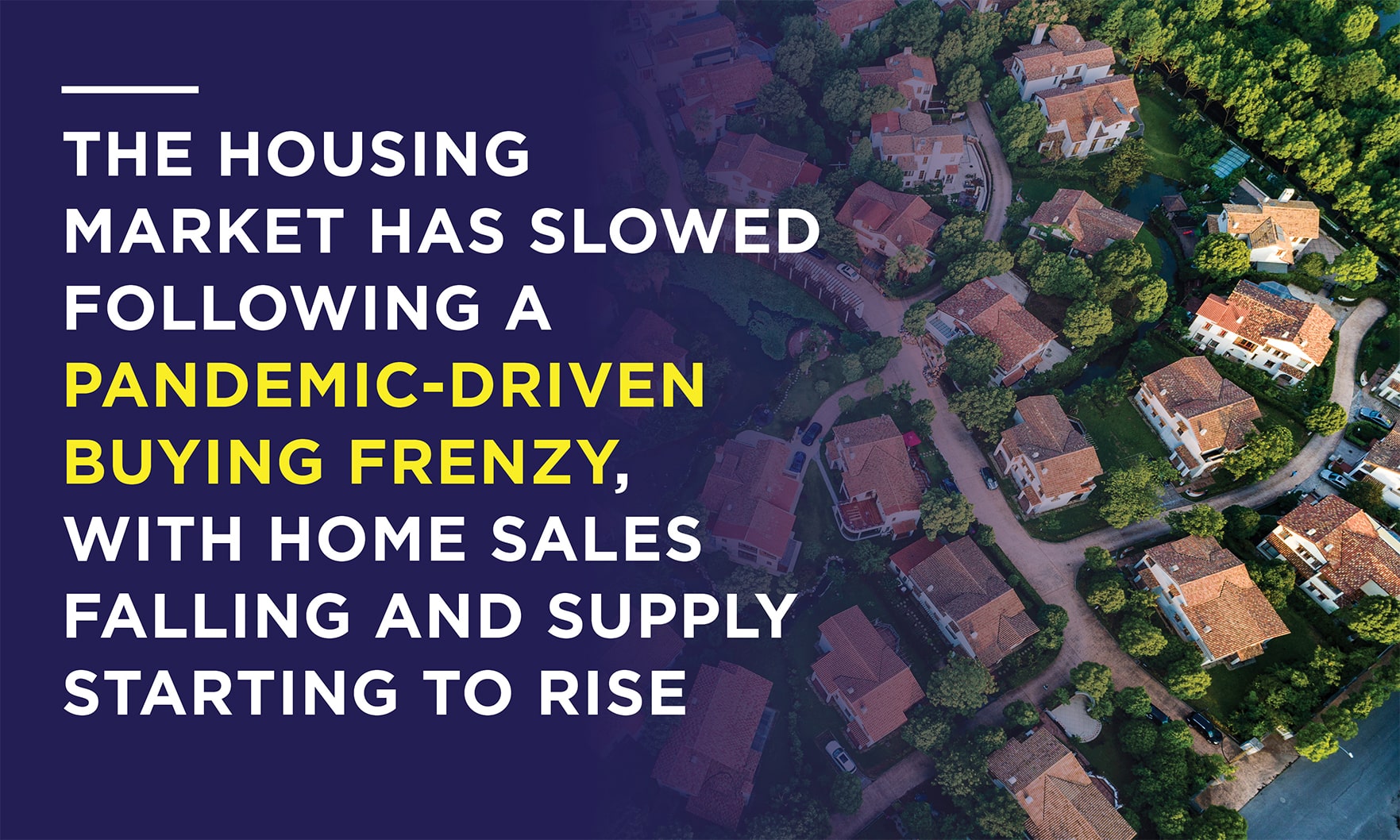
A record number of homebuyers are relocating to more affordable areas as rising mortgage rates, high home prices, inflation and economic concerns are starting to make some areas of the country out of reach for buyers.

At the same time, the median existing-home price rose 13.4% year over year to $416,000.
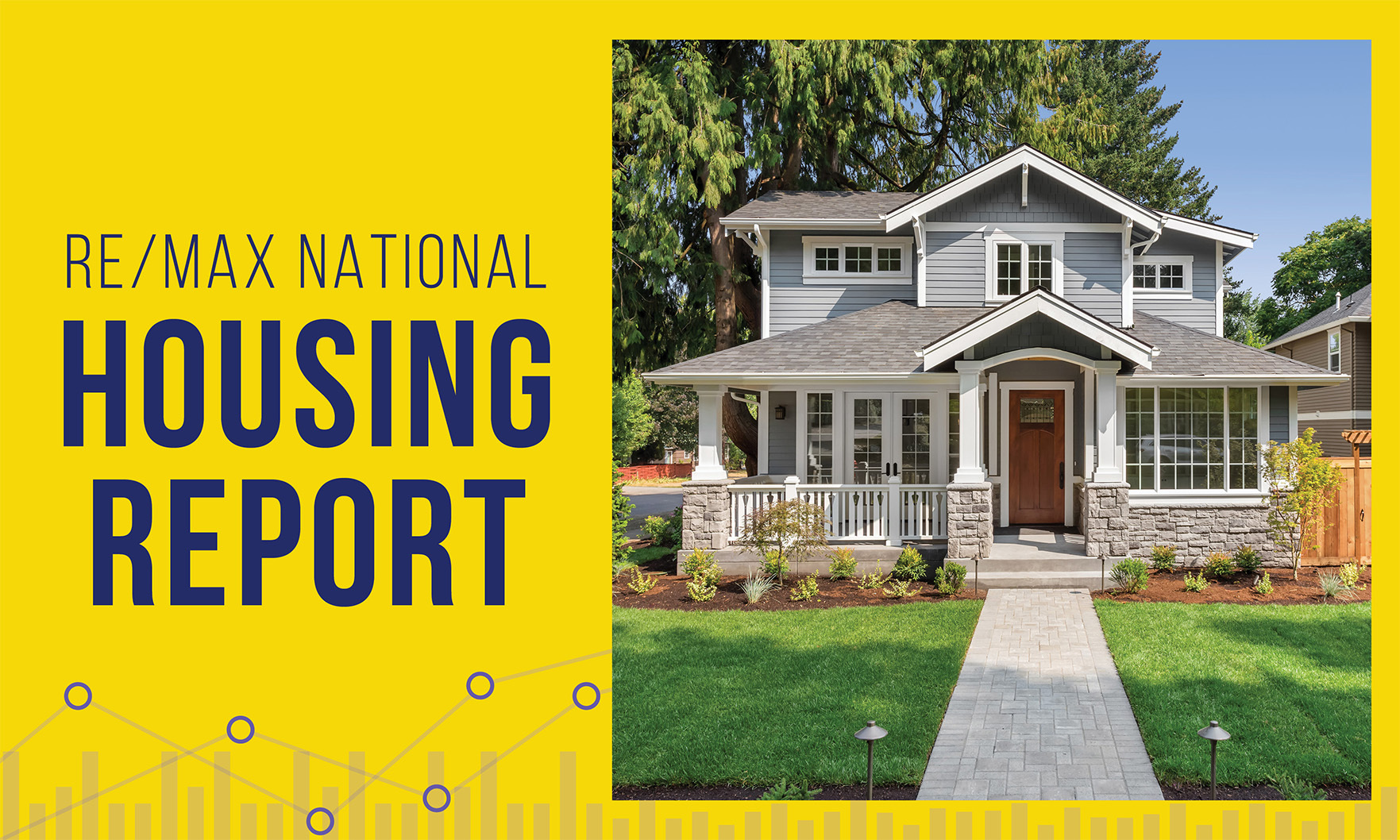
Nationwide, sales hit their highest level of the year, rising 4.7% from June but falling 17.6% on a year-over-year basis, RE/MAX said.
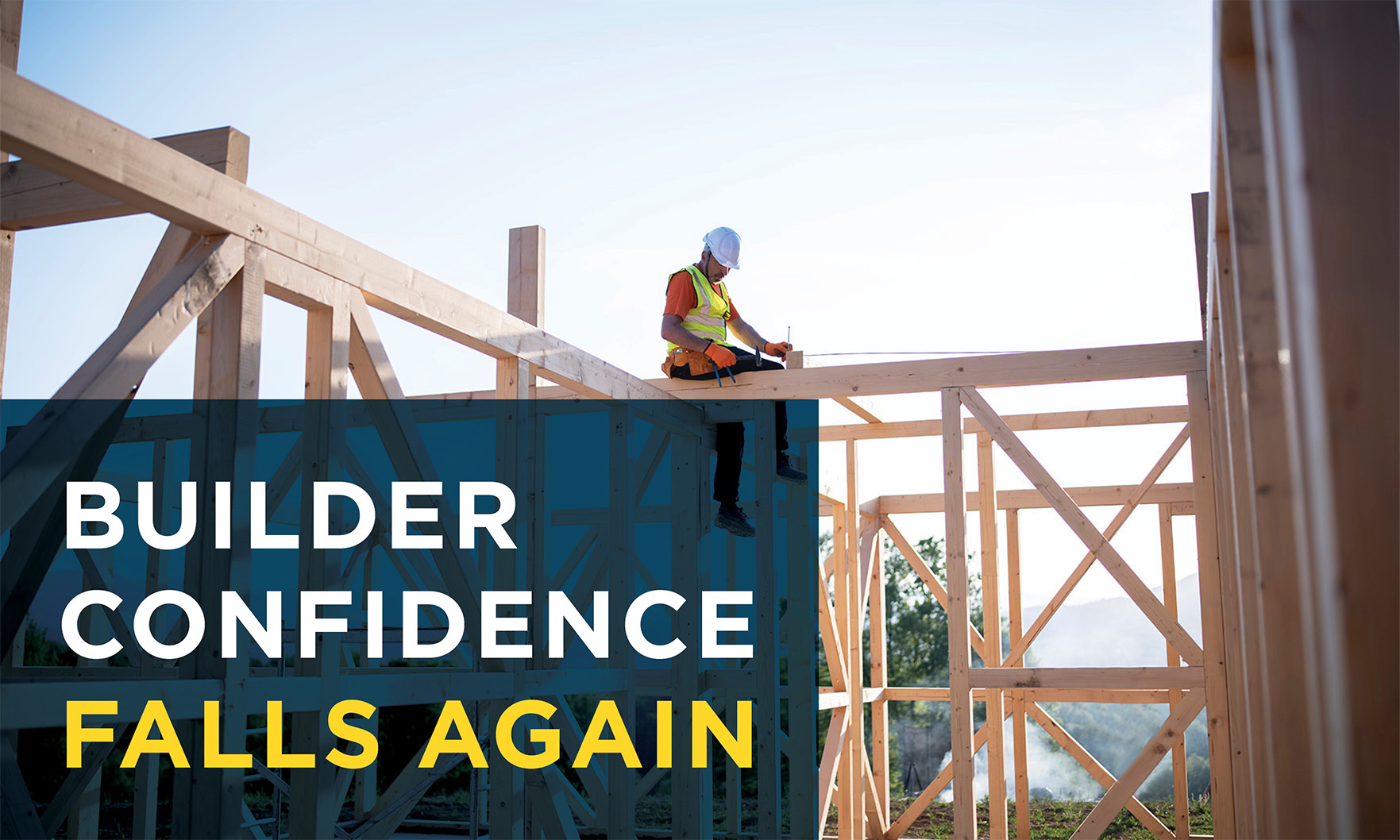
July saw the NAHB/Wells Fargo Housing Market Index post its second-largest monthly drop ever, as worries about housing affordability dampened builder sentiment.
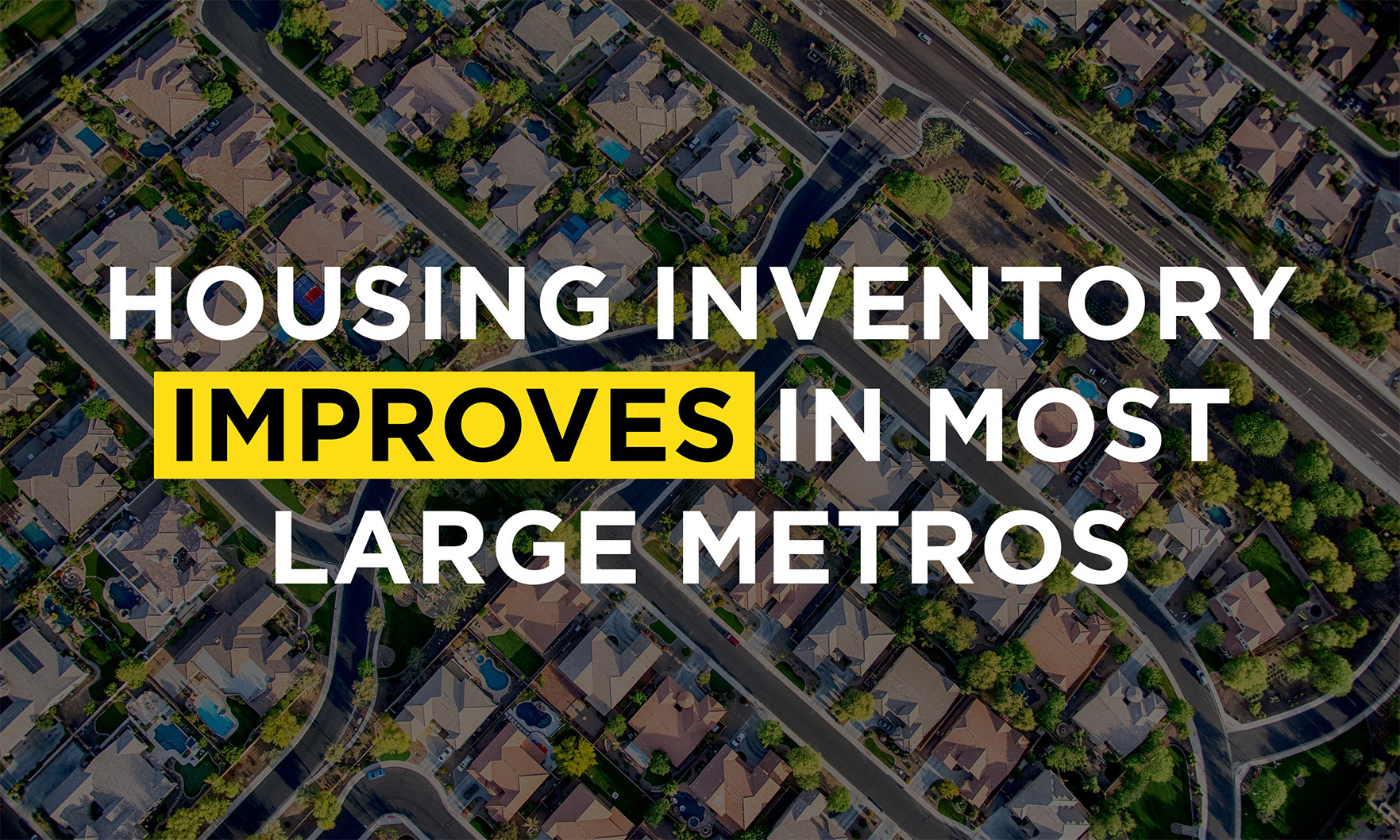
The number of homes available to buyers climbed 18.7% in June, the sharpest year-over-year increase in the history of the report.
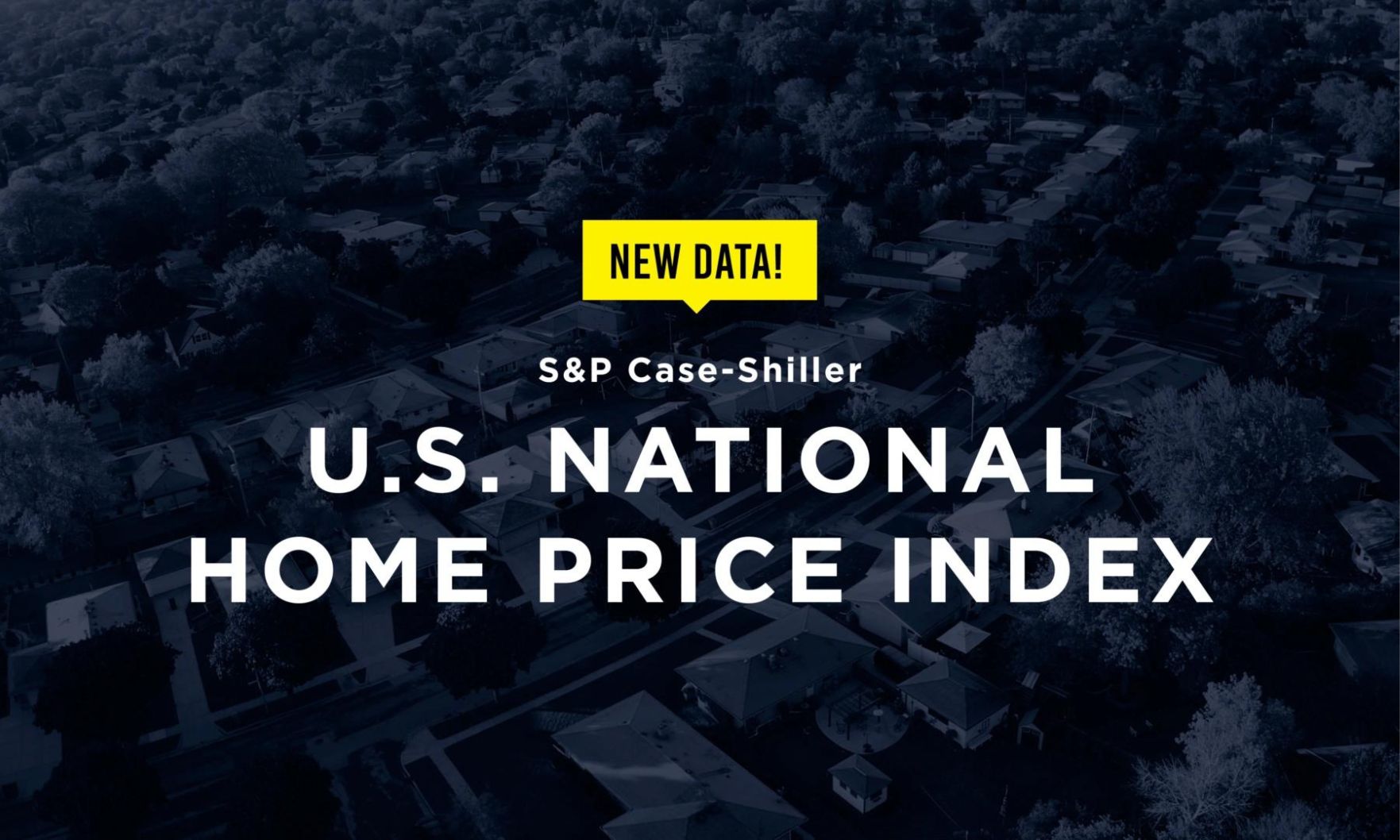
What does the latest S&P CoreLogic Case-Shiller Index reveal about Houston real estate?
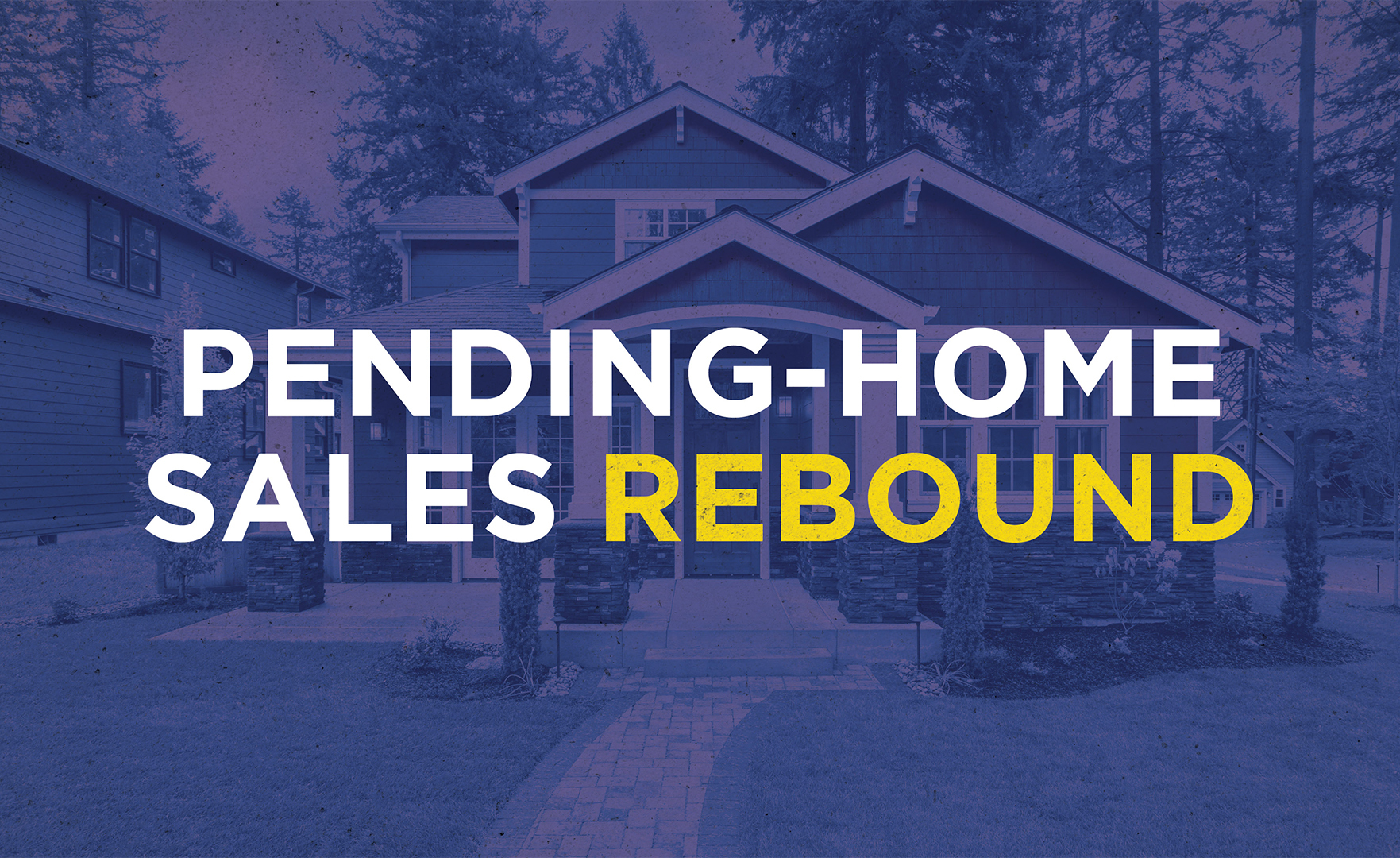
The increase ends a six-month string of monthly declines, the National Association of REALTORS® said.

New-home inventory rose to 444,000 homes in May from 437,000 homes in April, the U.S. Census Bureau and the U.S. Department of Housing and Urban Development reported.
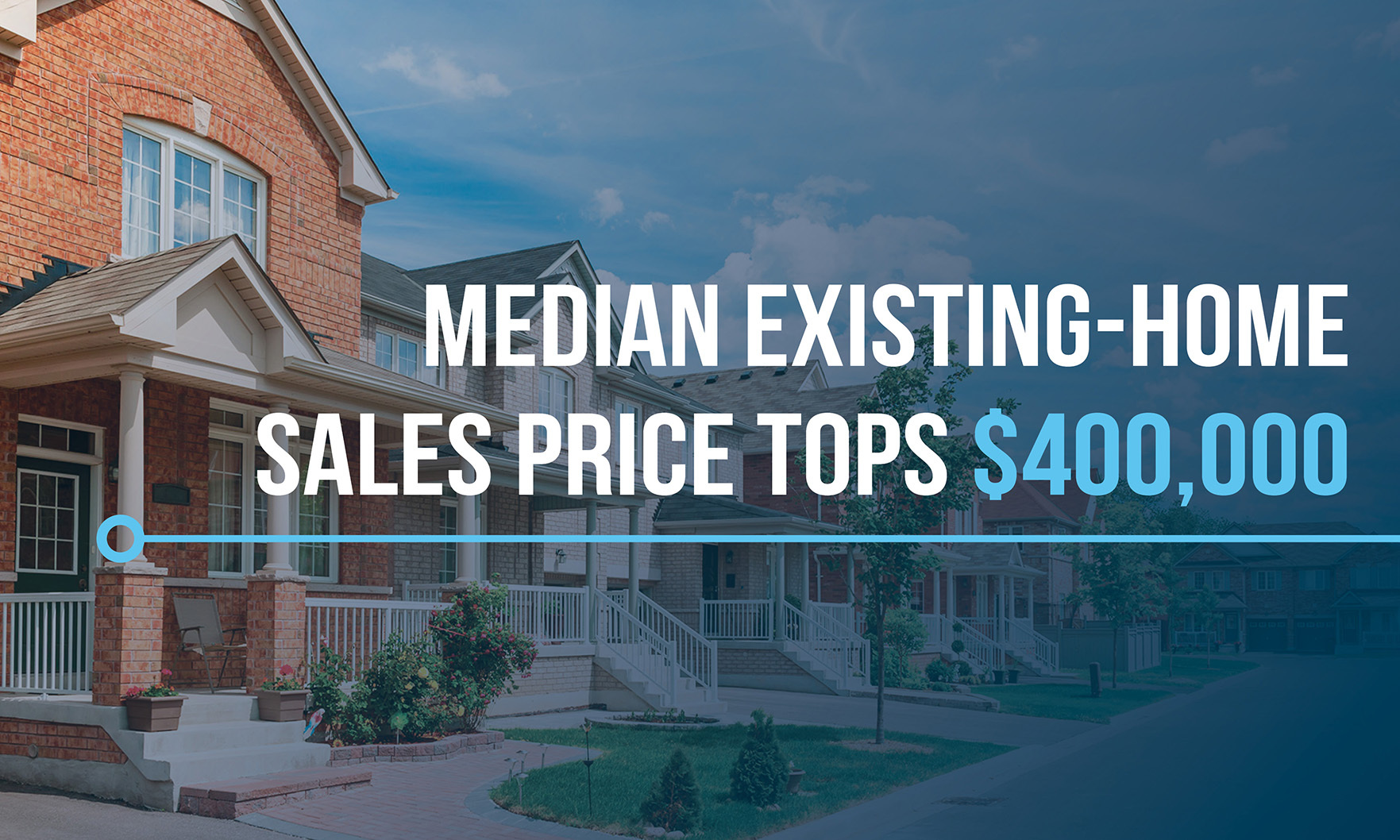
Meanwhile, existing-home sales slid 3.4% from April to a seasonally adjusted annual rate of 5.41 million, according to the National Association of REALTORS®.

Houston was fourth on the list with 844 iBuyer home sales in the first quarter, accounting for 3.5% of home sales in the market.
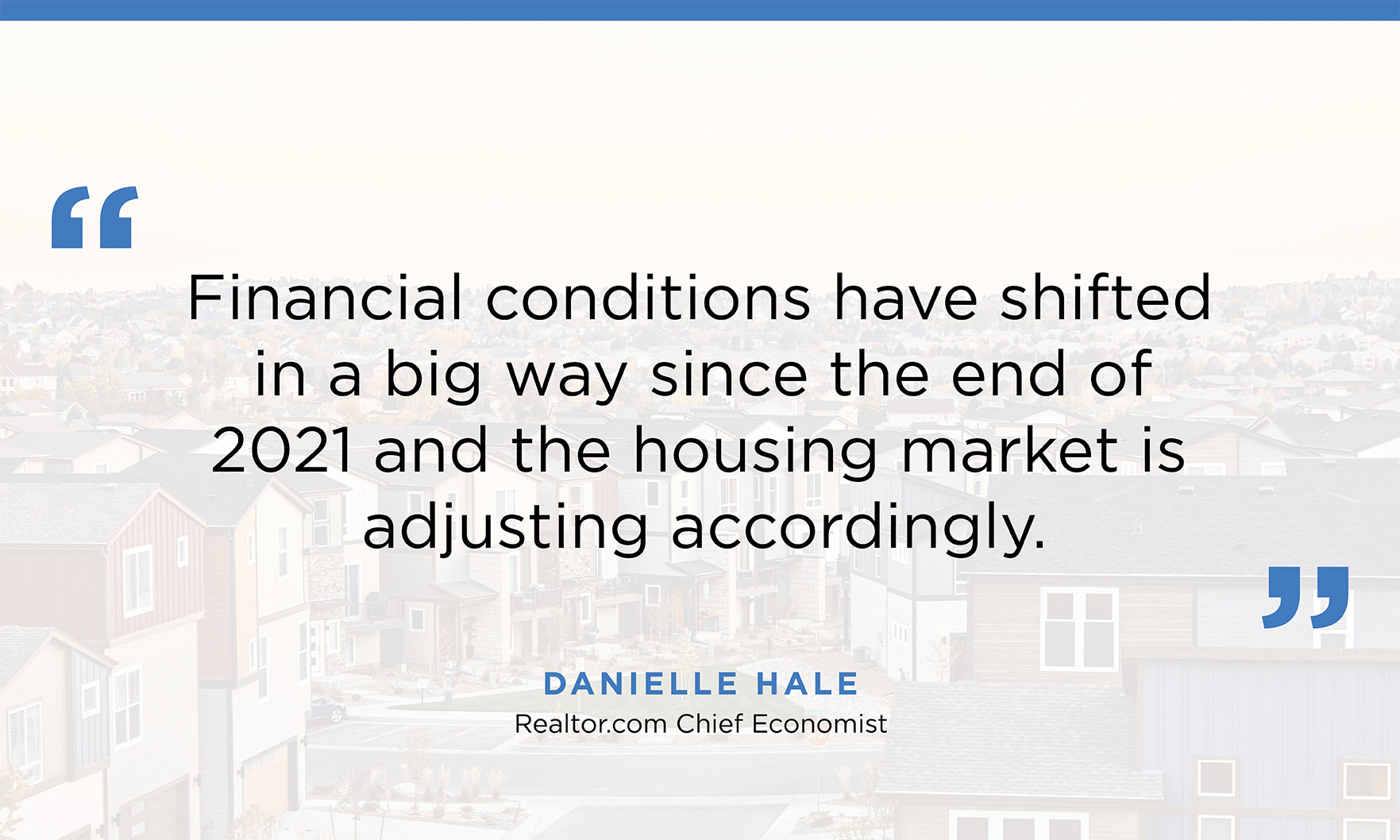
Realtor.com’s updated 2022 forecast sees housing demand returning to pre-pandemic levels.

The number of homes for sale in May rose 16.3% month over month and 2.2% year over year. Months’ supply of inventory rose to 0.9 from 0.8 in April and fell from 1 in May 2021.

New-home completions rose during the month, however, with the increased inventory representing a rare bright spot in an otherwise gloomy government report.
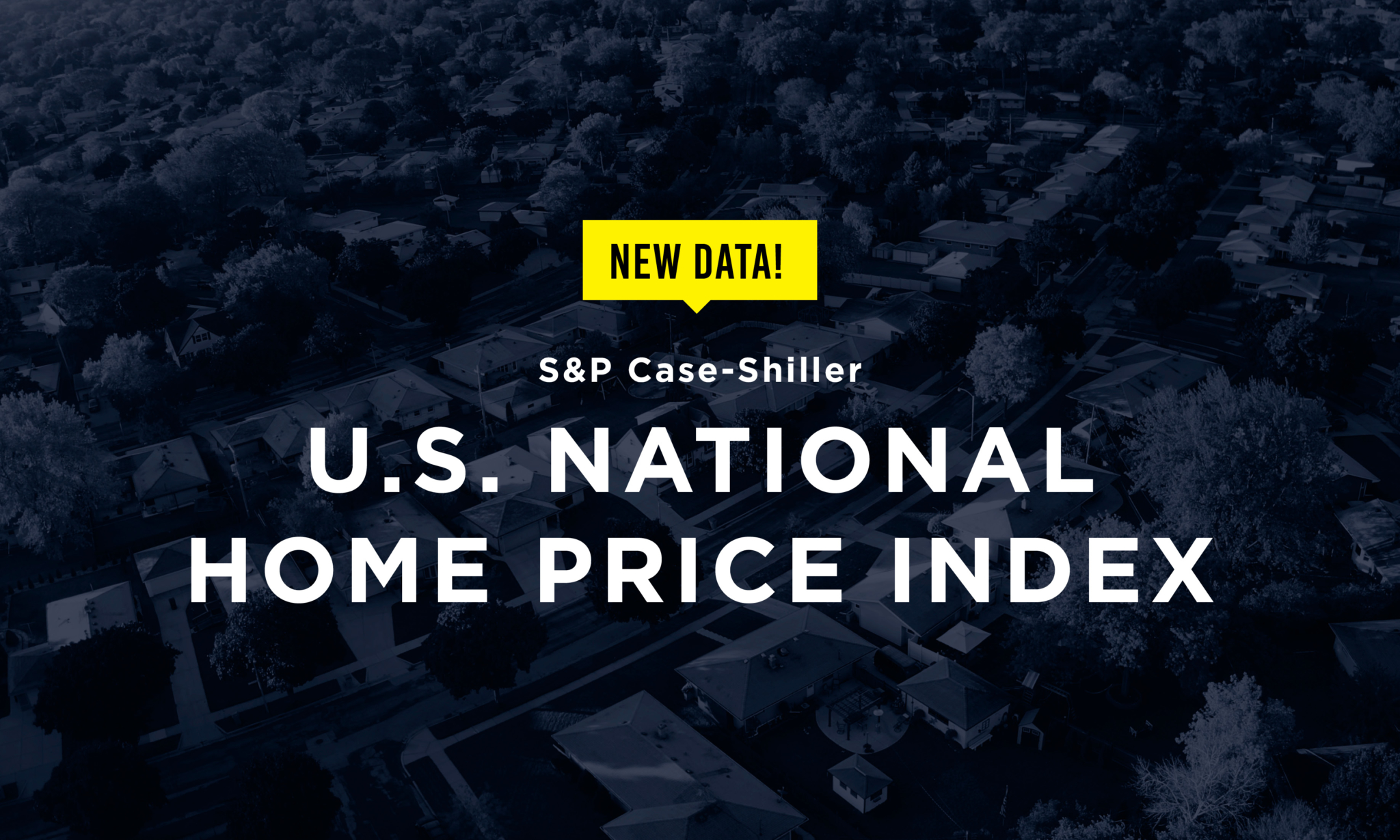
Nationally, the index posted its highest annual increase ever.
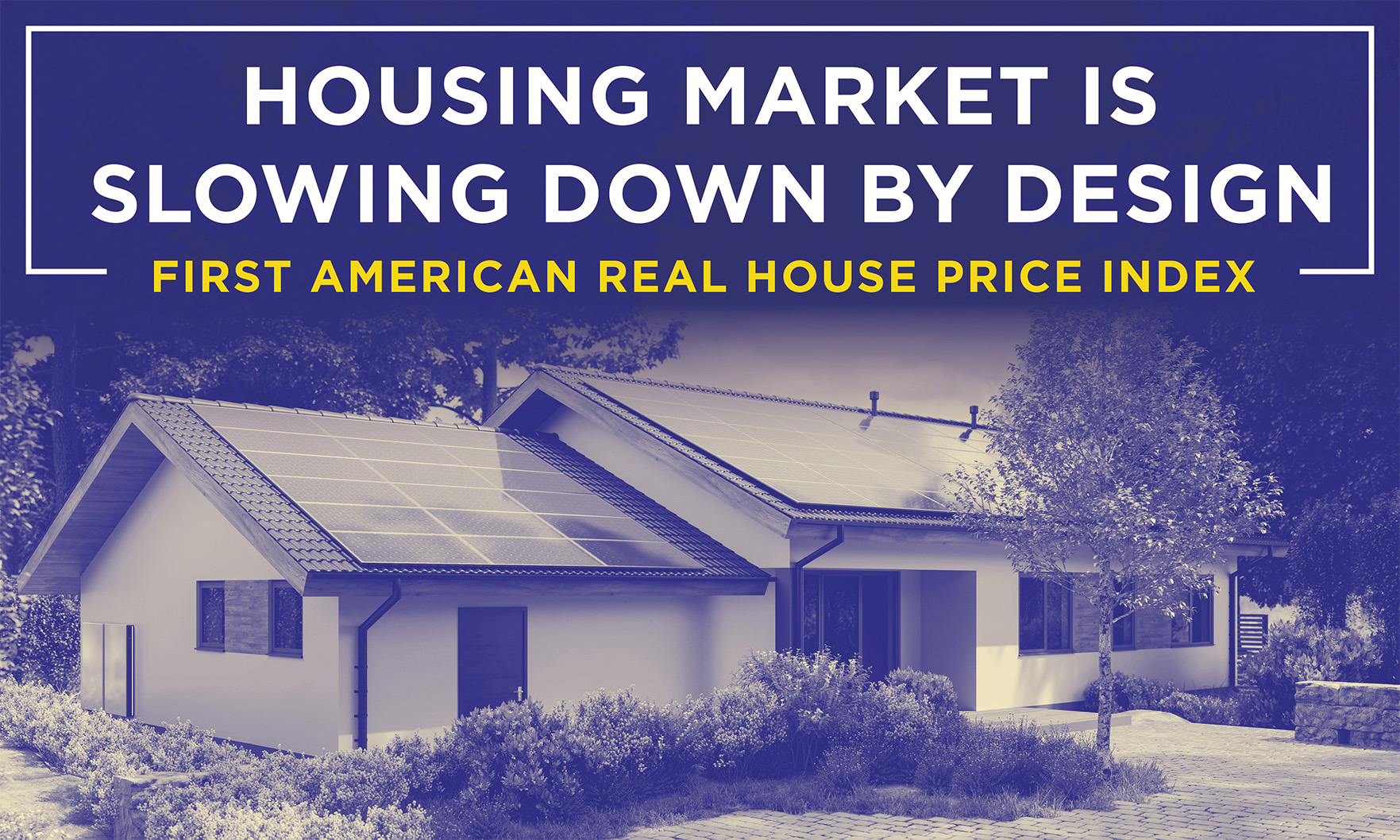
With affordability reduced, some buyers are pulling back from the market forcing sellers to adjust their price expectations.
